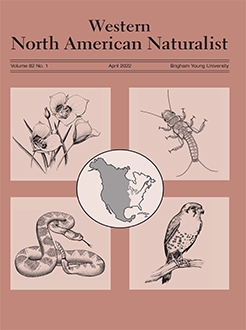High-severity wildfires are becoming increasingly common across the American Southwest, and knowledge of how these fires affect native organisms is essential for their conservation. We evaluated changes in fish densities and habitat over 7 and 23 years in 2 tributaries of the Gila River, New Mexico, that experienced large wildfires. The Miller Fire affected Little Creek in 2011 and was followed by moderate monsoonal flooding. The Silver Fire affected Black Canyon in 2013 and was followed by a large monsoonal flood. These 2 headwater streams responded differently to wildfire. Influx of sediments reduced stream depth by 59% and increased fine substrates by 51% following the fire in Black Canyon, while these parameters were relatively unchanged by fire in Little Creek. Native fish densities declined to zero immediately following the wildfire and monsoonal flooding in Black Canyon, and recovery was slow (∼8 years). In contrast, Little Creek fish density declined marginally following wildfires and returned to near prefire levels within one year. The response to wildfires at these 2 locations illustrates how the interaction of wildfire characteristics, catchment features, and post-wildfire precipitation events influence the impact of wildfire disturbance of stream ecosystems.
How to translate text using browser tools
22 March 2022
Differential Responses of Native Fishes in Two Headwater Tributaries of the Gila River Following Severe Wildfires
Crosby Hedden,
David L. Propst,
Keith B. Gido,
Skyler C. Hedden,
James E. Whitney
ACCESS THE FULL ARTICLE

Western North American Naturalist
Vol. 82 • No. 1
April 2022
Vol. 82 • No. 1
April 2022




